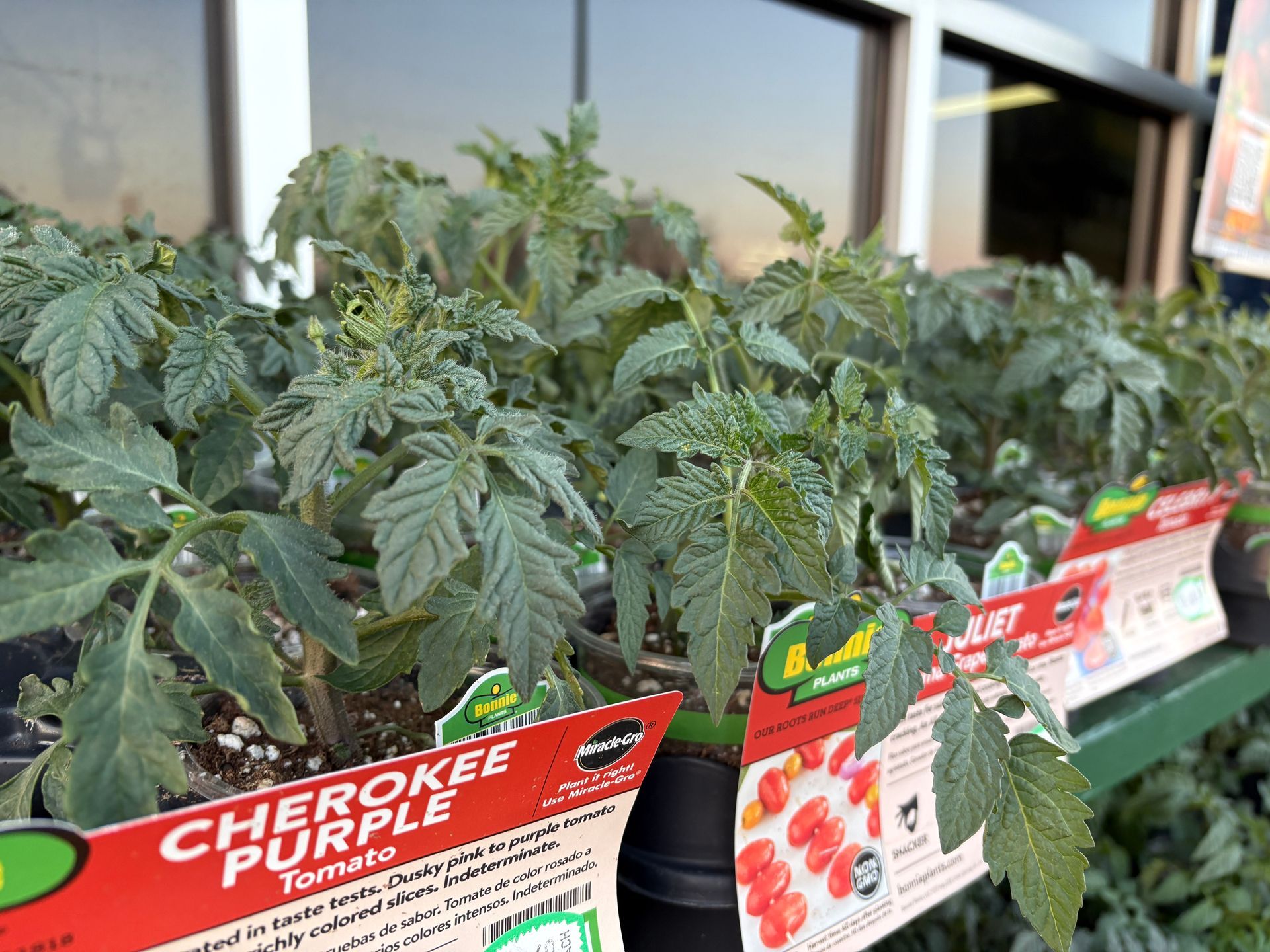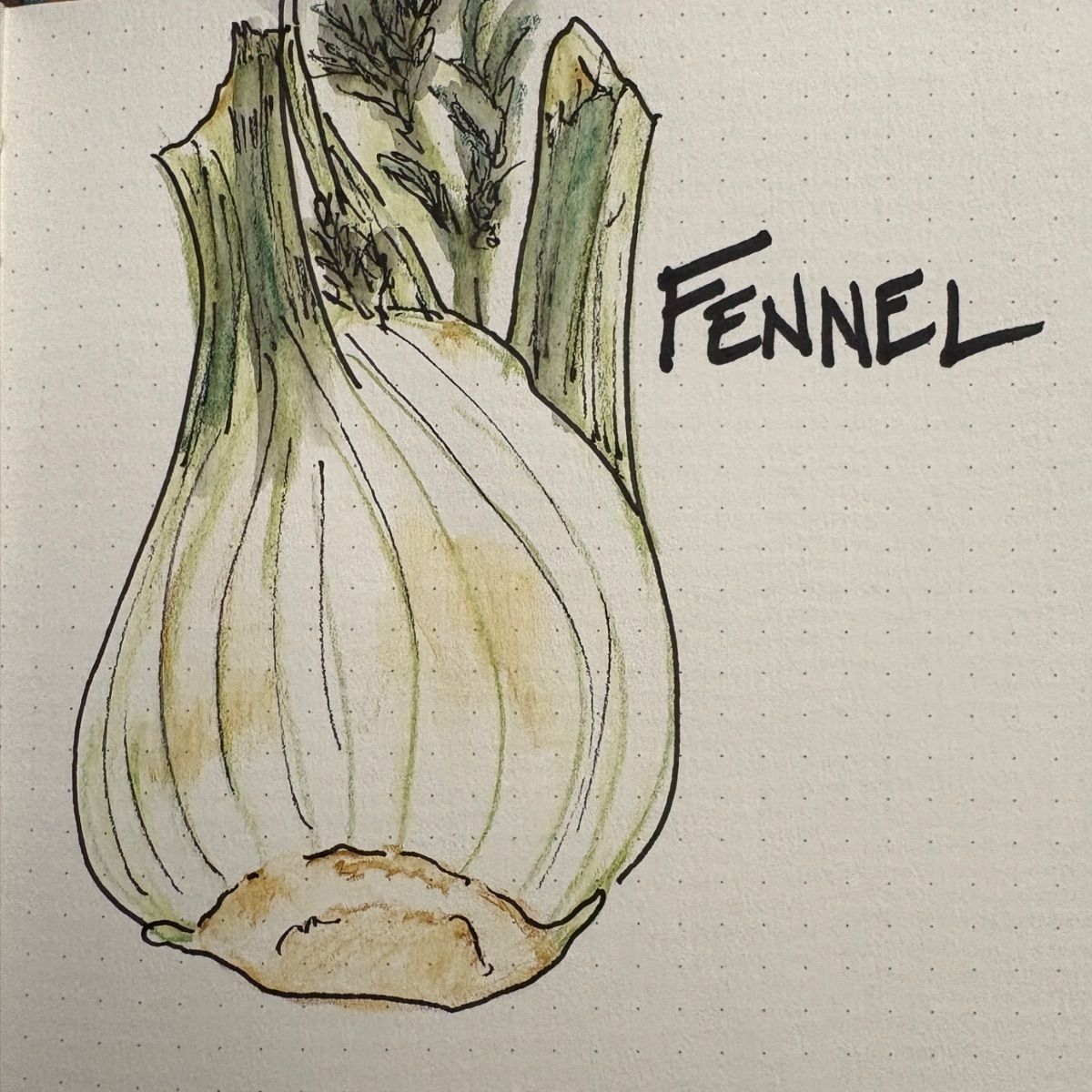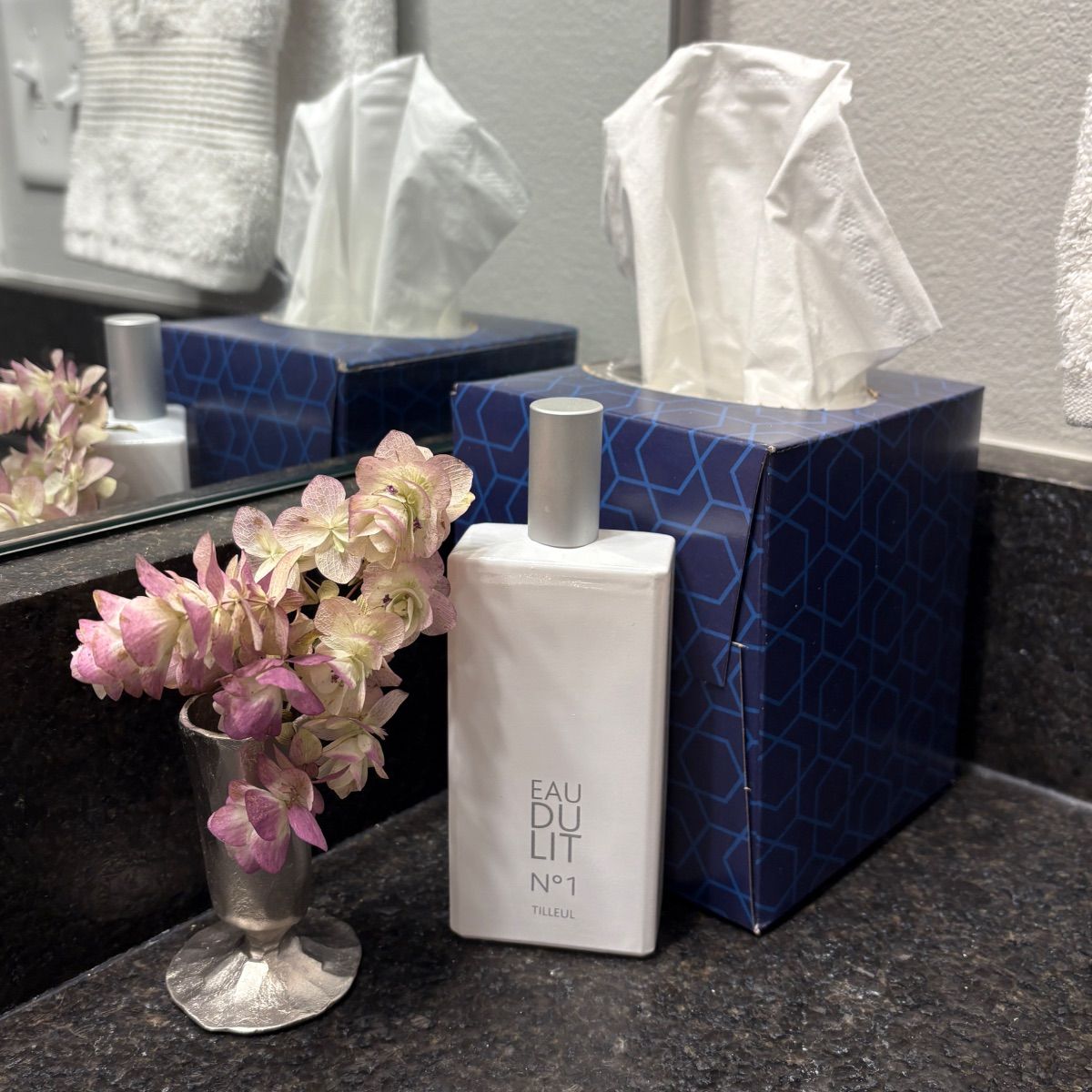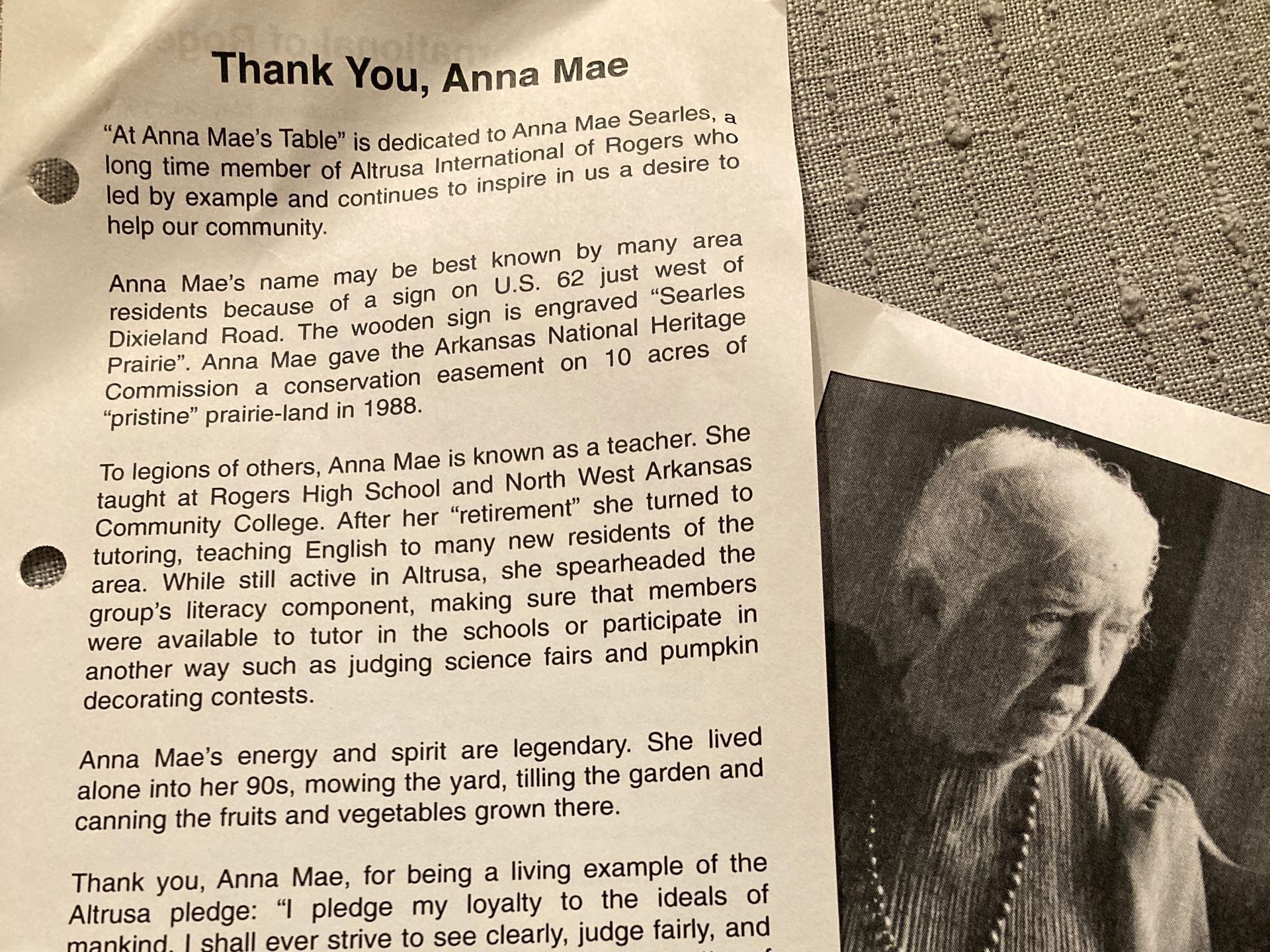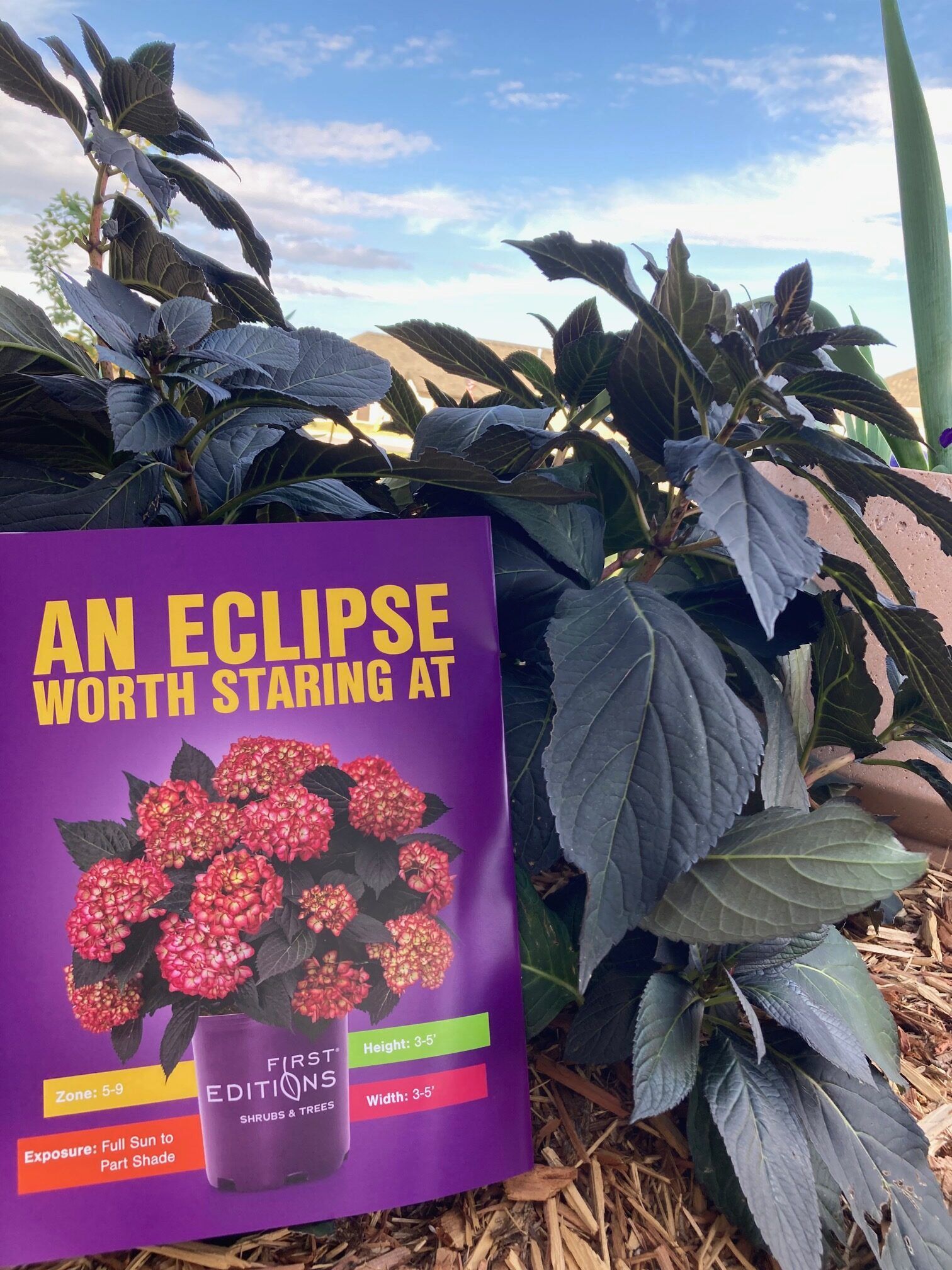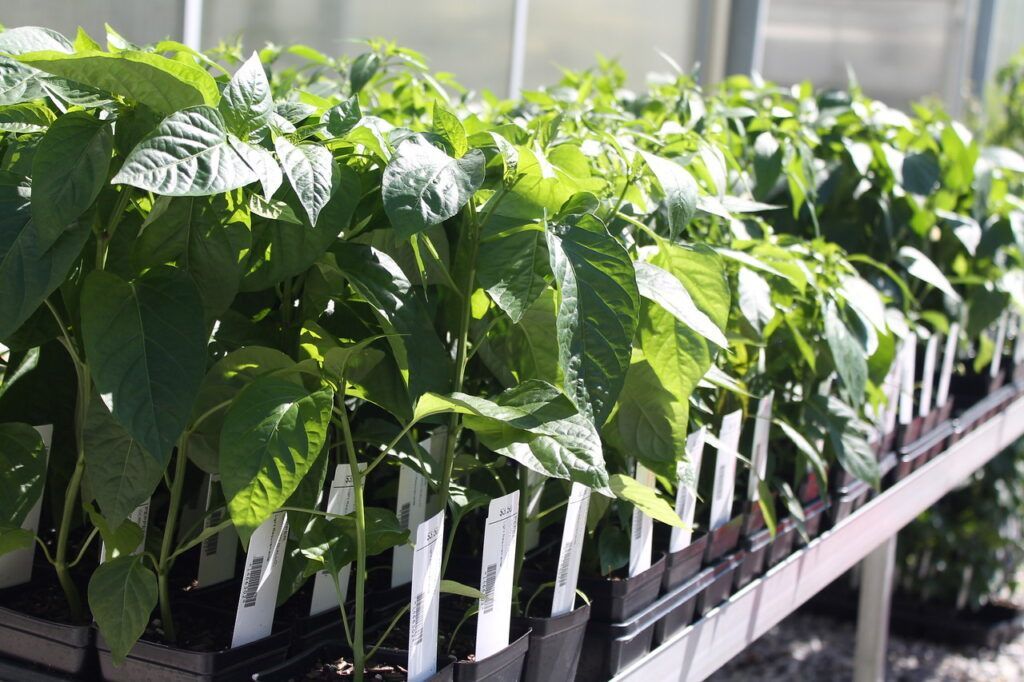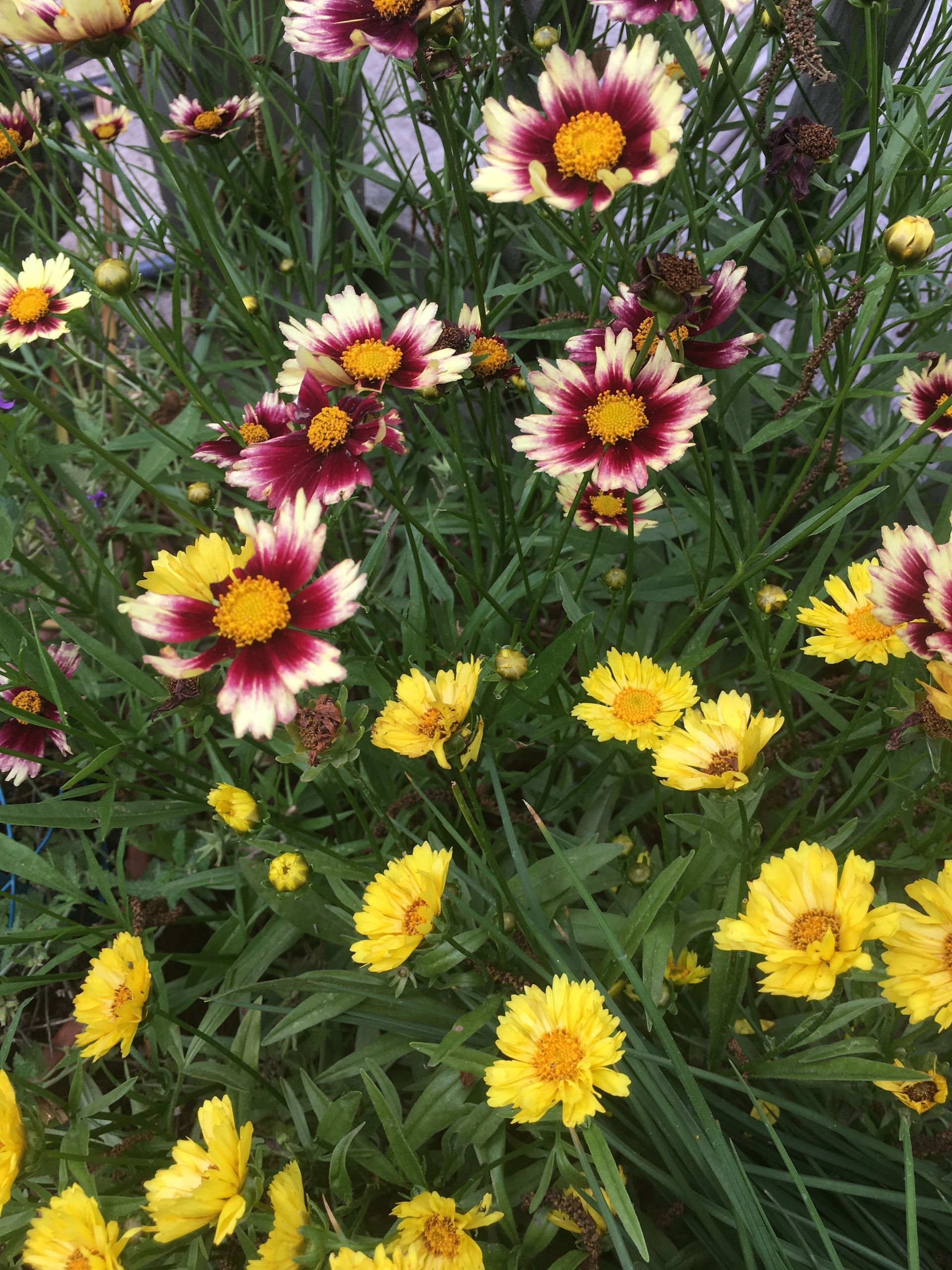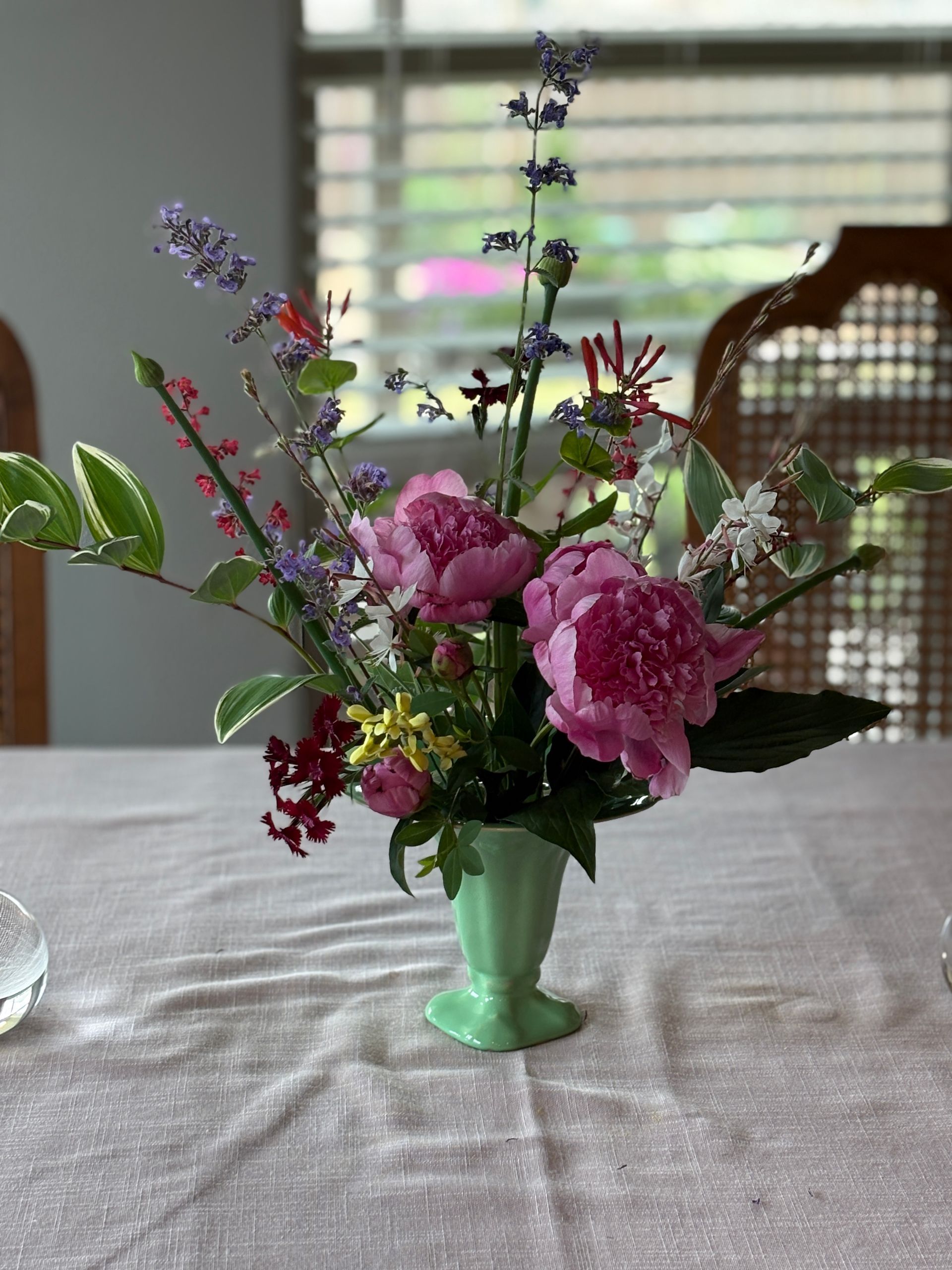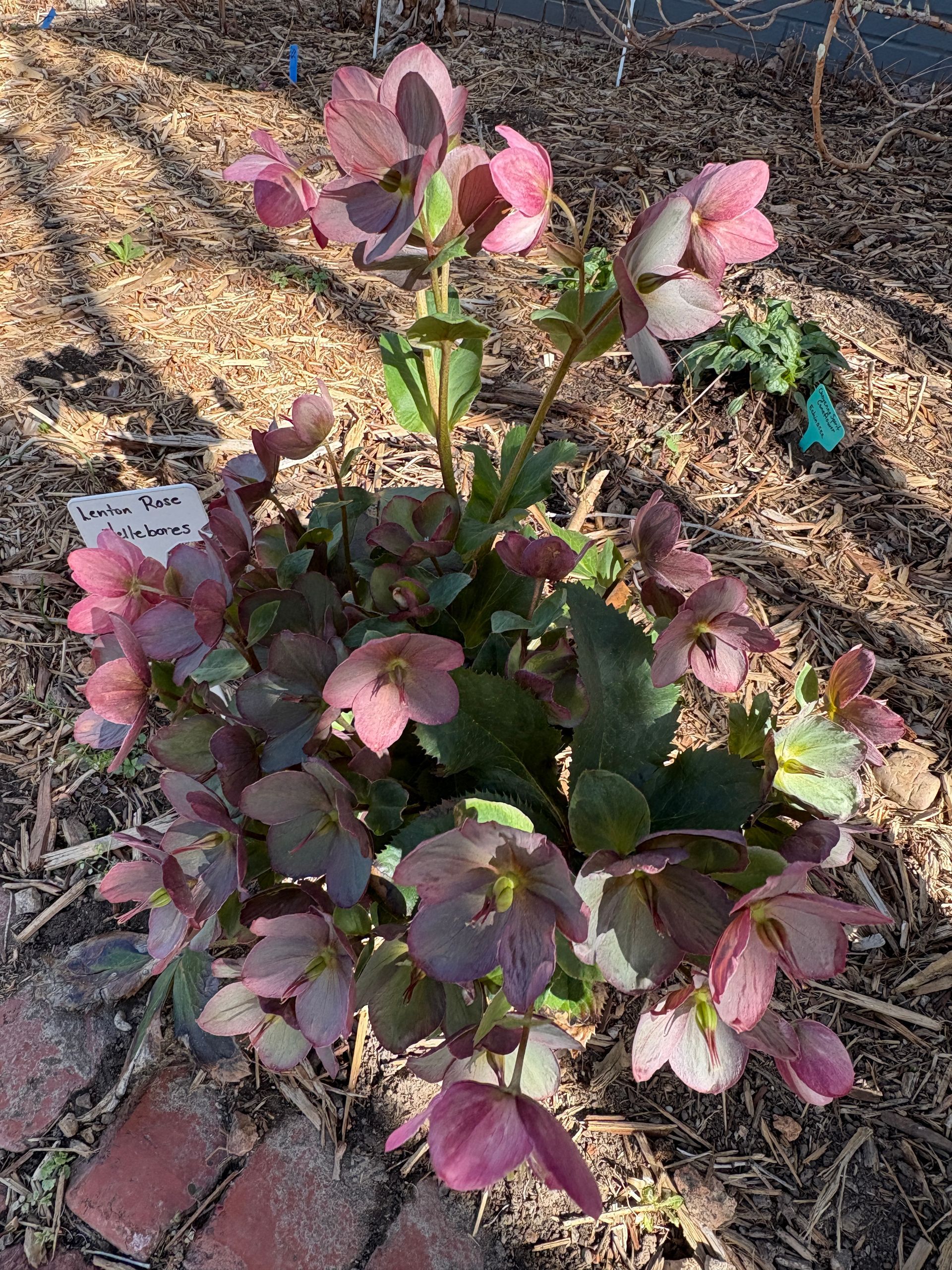Coreopsis – and bringing new plants into my garden
The Coreopsis
genus includes 100 species and a bazillion varieties, many of which have at least two species in the parentage. I cannot claim these are fantastic plants for your garden, because this is the first time they have bloomed for me. The many plants in Mt. Cuba’s Coreopsis
trials
range from a 4.7 to a 1.2 out of 5 and do not include any of the Leading Ladies. The Leading Lady Series does claim to bloom June through September and be heat and humidity resistant plants that are about two feet high. I have seen them listed online (and the Internet never lies, you know) as Coreopsis grandiflora
on one site and Coreopsis auriculata
on another site (both native to the Southeastern U.S.), although most sources do not attribute this series to one species.
Series does claim to bloom June through September and be heat and humidity resistant plants that are about two feet high. I have seen them listed online (and the Internet never lies, you know) as Coreopsis grandiflora
on one site and Coreopsis auriculata
on another site (both native to the Southeastern U.S.), although most sources do not attribute this series to one species.
So what is so great about these two leading ladies: ‘Iron Lady’ and ‘Sophia’?
They are beautiful here and now. For the price of a Starbucks coffee, I added these showoffs in my garden last spring because I haven’t grown Coreopsis in years. Now they are inspiring me to pull out art supplies, filling a little vase (I’m about to find out how they do as a cut flower), and feeding insects. They quietly grew for a year before this show-stopping bloom. Will they do this again next year? Coreopsis are known to be short-lived perennials so maybe for another year or so. A colony of native species of Coreopsis often reseed.
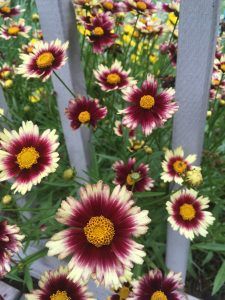 But if I only have now that is fine. Every year I gamble on a few new plants and when they pay off they are a thrilling surprise. When they truly prove themselves, they are invited back into the garden or related species and hybrids are brought in to try too (hence the many Salvias, Hostas, Hydrangeas, Ajugas and Viburnums in my garden).
But if I only have now that is fine. Every year I gamble on a few new plants and when they pay off they are a thrilling surprise. When they truly prove themselves, they are invited back into the garden or related species and hybrids are brought in to try too (hence the many Salvias, Hostas, Hydrangeas, Ajugas and Viburnums in my garden).
Other plants that have proven their worth:
Cleome Señorita Rosalita ® and Señorita Blanca ® – During the worst summer drought, when the hoses only went to the most cherished plants, these two annuals never stopped blooming while all the other plants in that bed died. I now become a salesperson when I see them in a nursery, convincing anyone who will listen they MUST have these plants.
Epimediums – Deer, drought, deep shade… bring it on. The easiest to find in this area is ‘Pink Champagne’ , a sturdy perennial with delicate early, early spring blooms.
Fanflower – All the annual hanging baskets look good in May. This one also looks good in August and September, in baskets and at the edge of the sidewalk.
Poppies – Last fall I dumped all my outdated Poppy seed packets into a 4’x8’ raised bed. They looked amazing for months and are still blooming, although a bit ragged. I am keeping them there to harvest the seed and am sure to plant again each fall (without having to buy more seed). Plant them where you can enjoy them from the windows because they do not last in a vase.
Fennel, dill, parsley, and butterfly weed – Because they do increase the butterfly population if you let the caterpillars eat the foliage.
Hydrangea paniculata – Hydrangeas in summer that glow in full sun. These are so treasured that they are the first to get deer spray.
Asters – My newest obsession, offering fall blooms and deer resistance. Many are native. These are among the few plants that thrive in the hot, neglected, compacted-clay, brutal full-sun, west-facing bed. Cut the plants back by half in June for compact plants with more branching and more flowers, instead of having them flop everywhere.
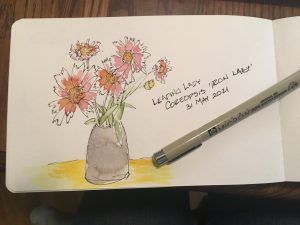 I could go on and on. These favorite plants came into my garden as inheritances, gifts, recommendations, samples, whims and gambles. I have killed a lot of plants. I have cut down a few shrubs and am cursing and fighting some invasive plants. But I am always trying a few new plants and hope you are doing the same in your garden. Maybe these Coreopsis
plants will join the list, maybe not. In the meantime, I’m pulling out my art supplies.
I could go on and on. These favorite plants came into my garden as inheritances, gifts, recommendations, samples, whims and gambles. I have killed a lot of plants. I have cut down a few shrubs and am cursing and fighting some invasive plants. But I am always trying a few new plants and hope you are doing the same in your garden. Maybe these Coreopsis
plants will join the list, maybe not. In the meantime, I’m pulling out my art supplies.
Note: This was originally written as a weekly Love Notes From the Garden. Subscribe to these weekly emails below.
